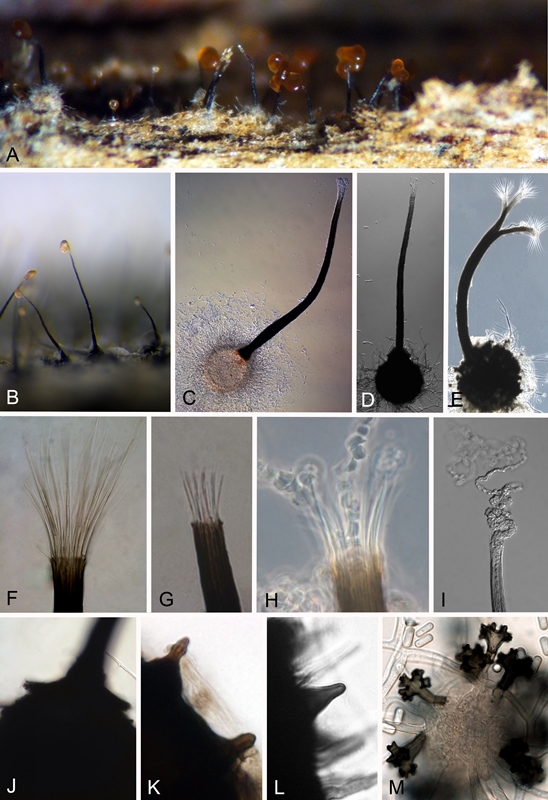FABIans revise Ceratocystis, a genus of important tree pathogens 2014-11-07
The genus Ceratocystis accommodates many important fungi, including serious plant pathogens, significant insect symbionts and agents of timber degradation that result in substantial economic losses. Since the description of Ceratocystis in 1890, the taxonomy of genus has been confused and vigorously debated. For a long time the genus was confused with Ophiostoma (Ophiostomatales), but the genera were clearly separated during the past decade based on DNA sequence data. That part of the history has been well documented in a book on the ophiostomatoid fungi, published in 2013. However, DNA sequence data also revealed that Ceratocystis (Microascales) includes a wide diversity of fungi, that superficially look similar, but behave completely different, some being serious tree pathogens and others not. In this new paper by a team of five FABIans, published in the high impact journal, Studies in Mycology (Impact Factor 9.296), DNA-sequence data for three gene regions (60S, LSU, MCM7) were generated for 79 species. Phylogenetic analyses of the data made it possible to definitively separate what was to date considered to be Ceratocystis, in seven newly defined genera. This major revision of the generic boundaries in the Ceratocystidaceae will form the taxonomic foundation for all future research on this group of fungi. A complete, colour-coded list of the old versus new species names for this group is available here.


